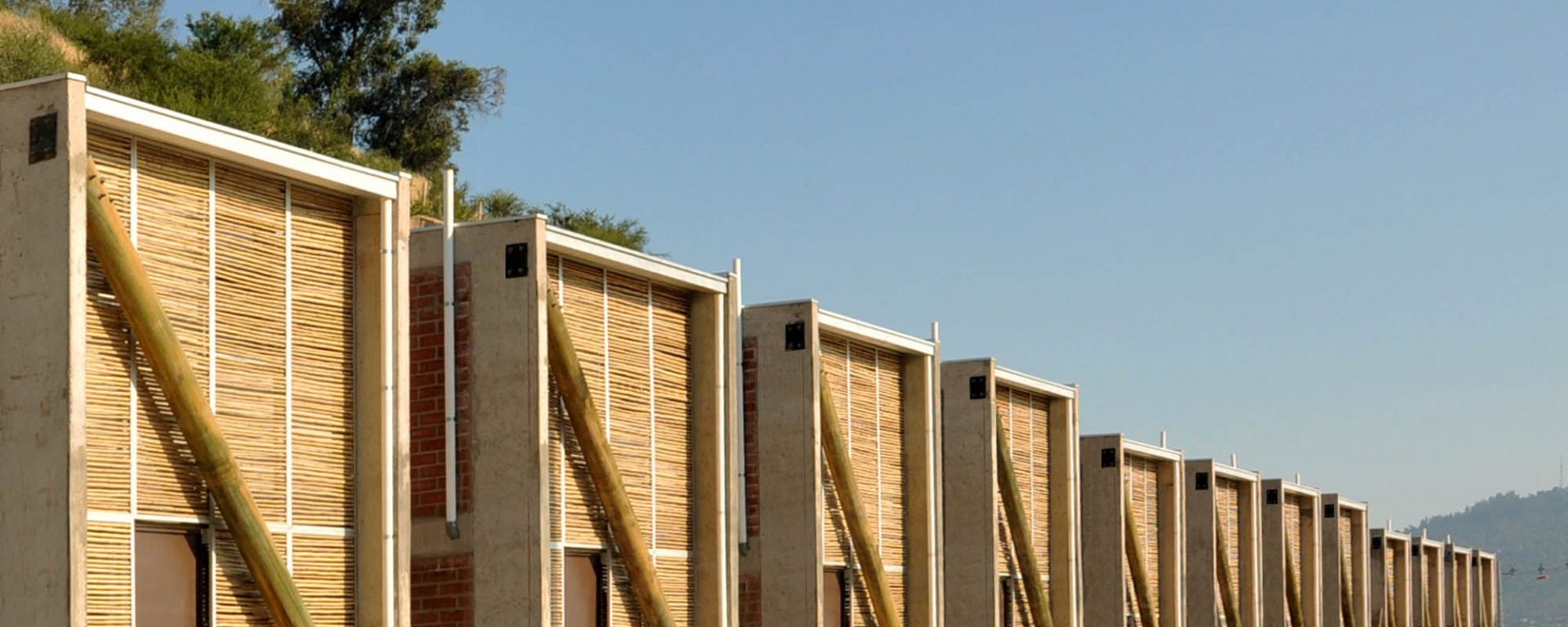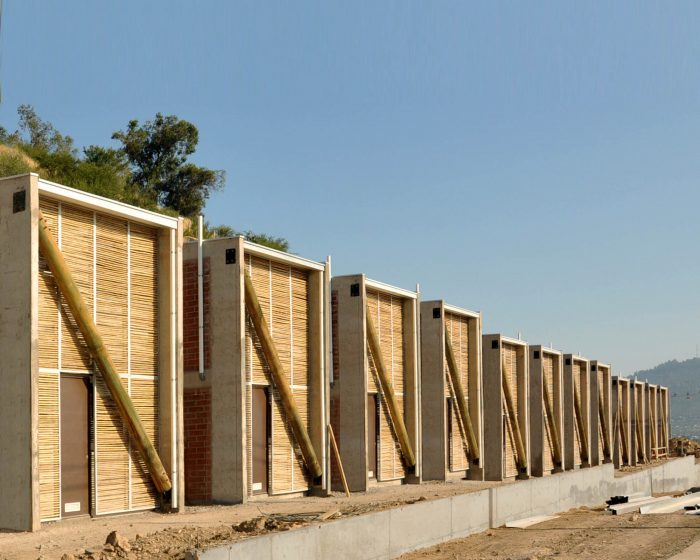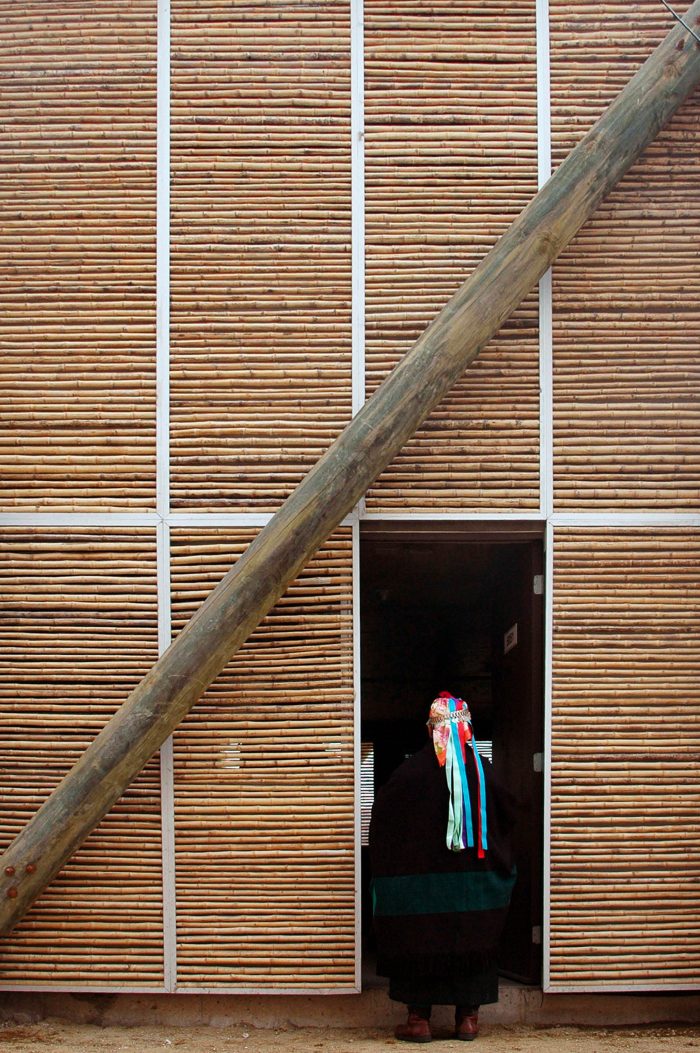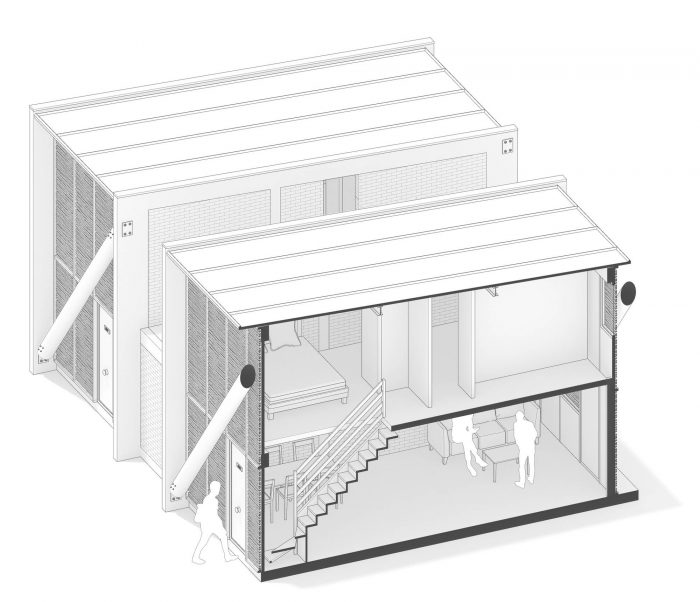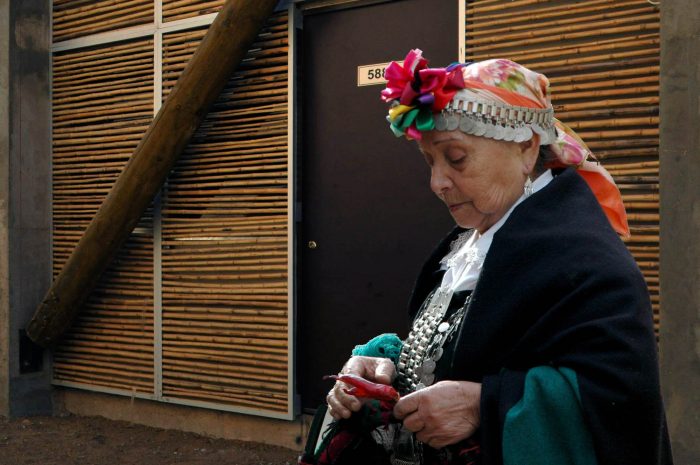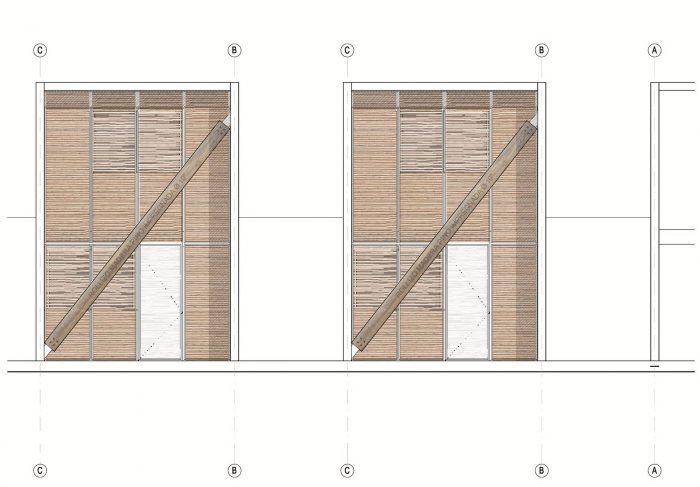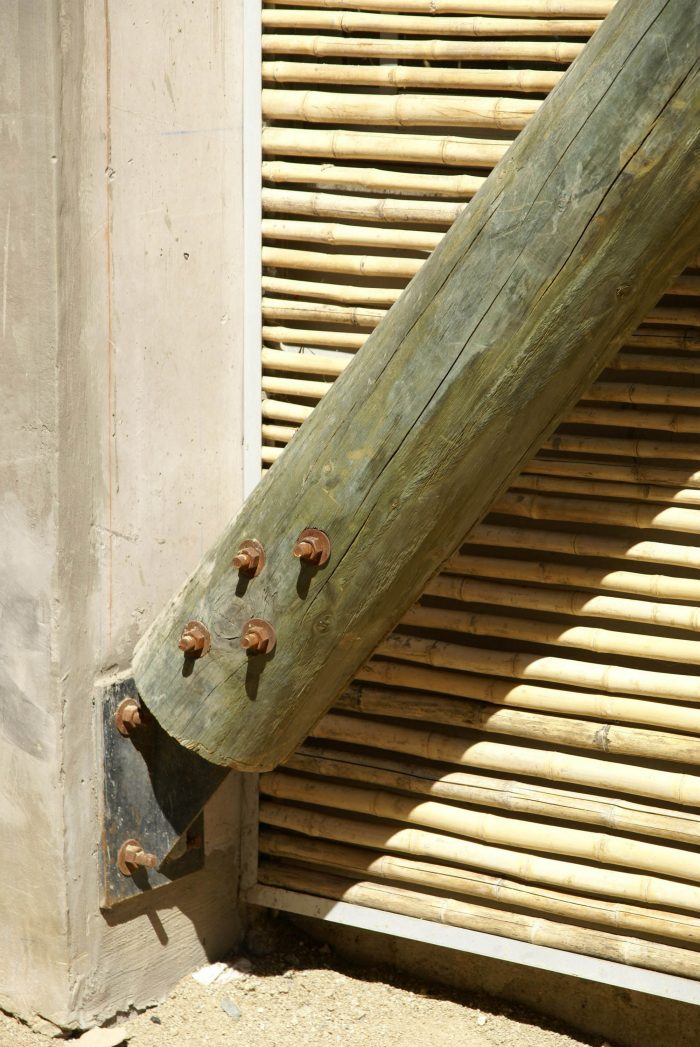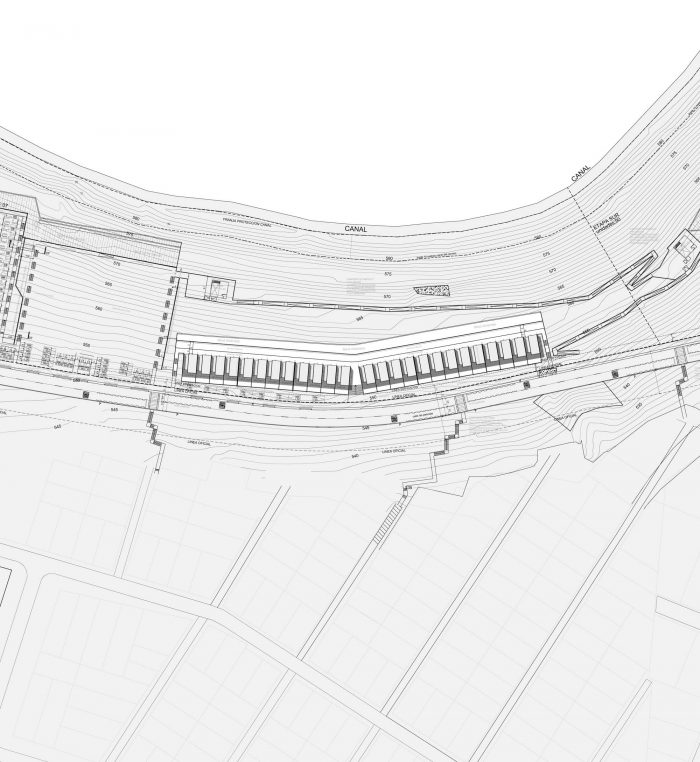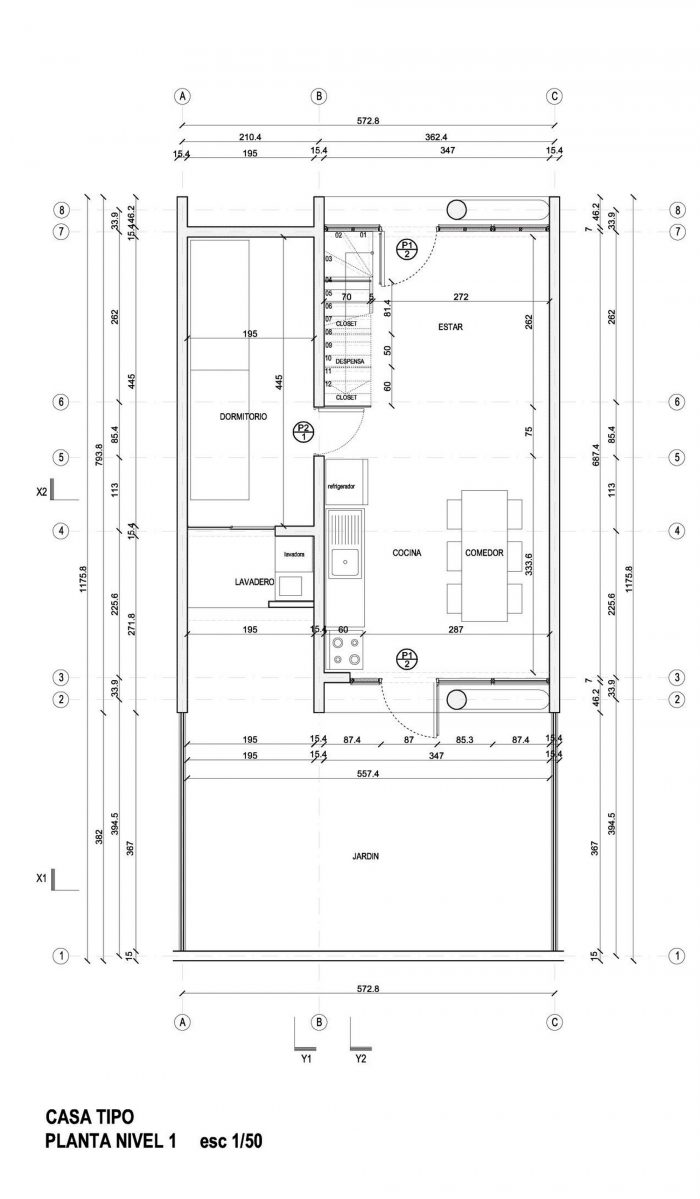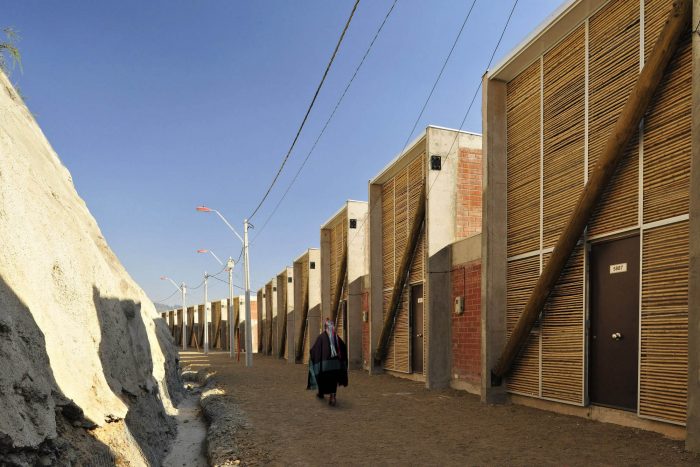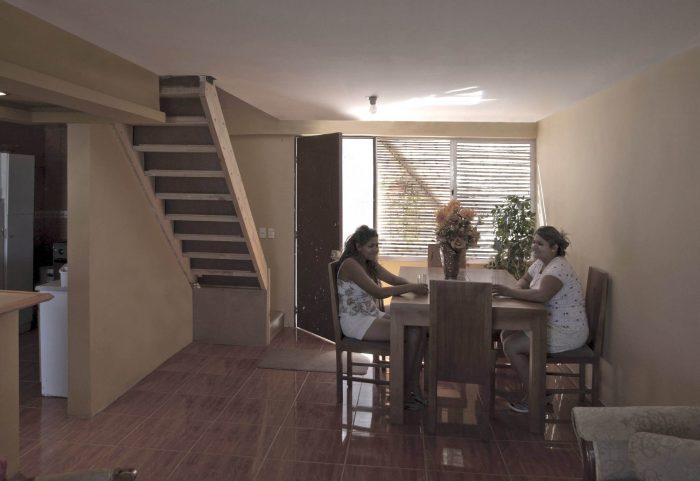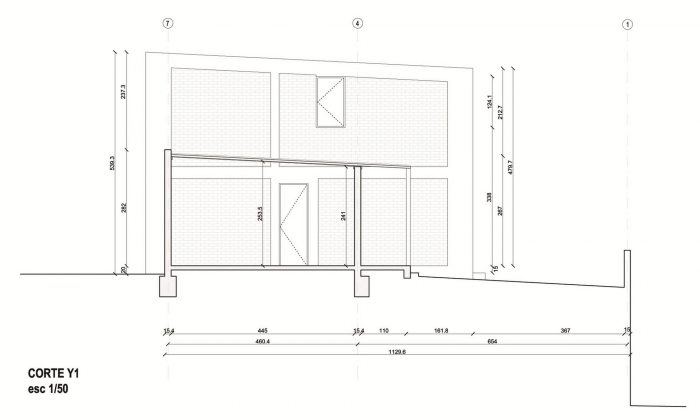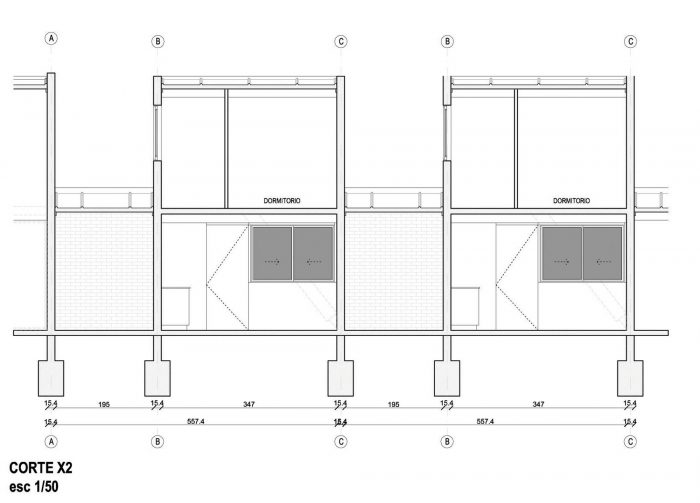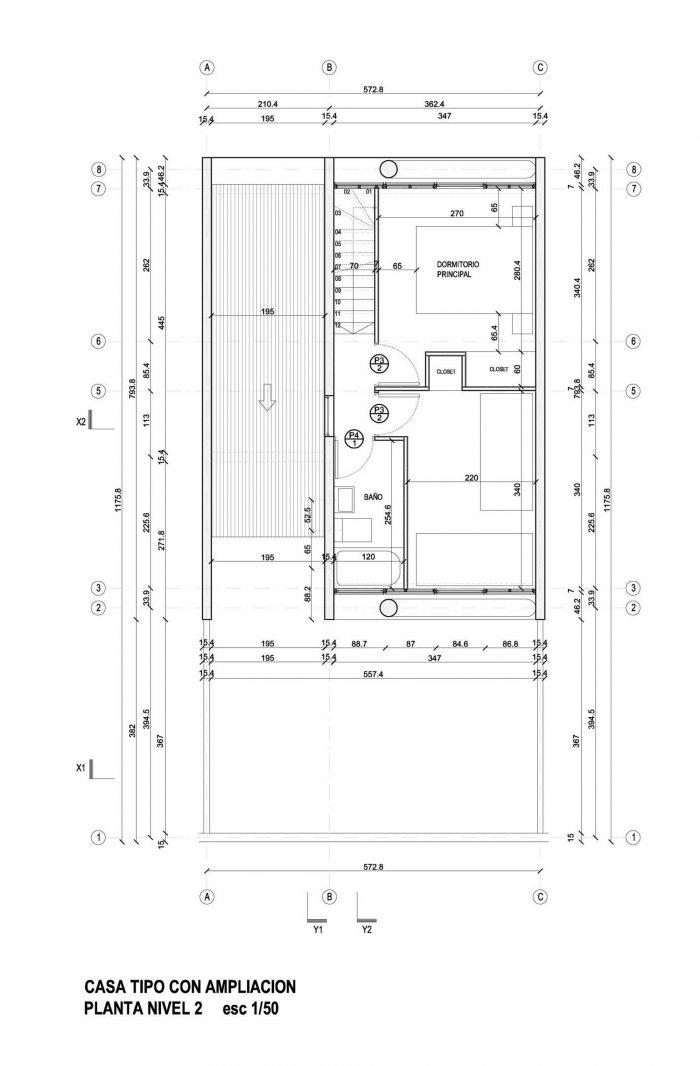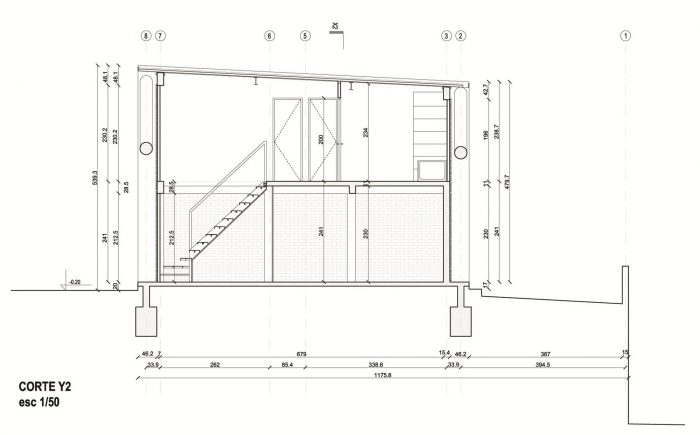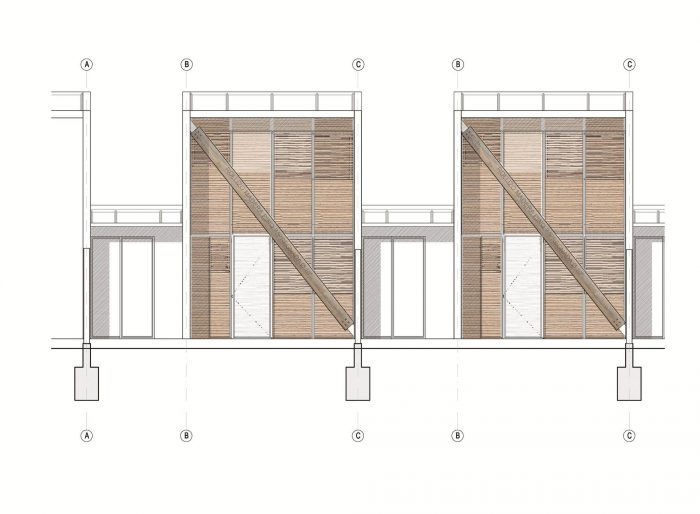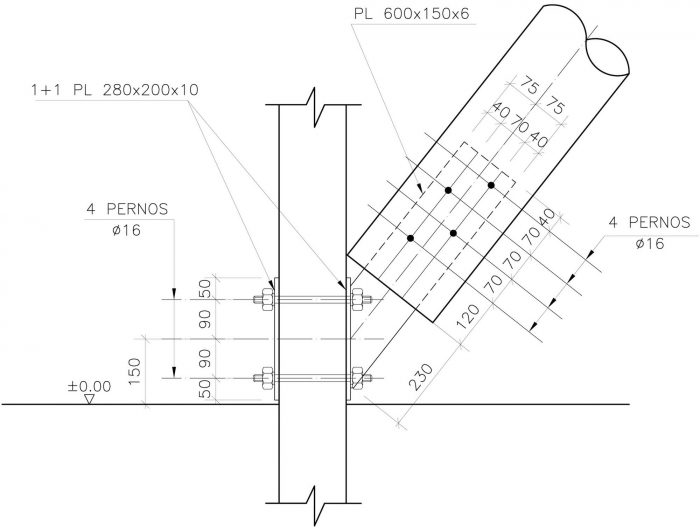“在我们的大陆上,仍然有真正的美洲人民。他们是这些人的最后代表,他们经过几千年的时间,居住在这片大陆上,征服了丛林、沙漠、一望无际的海滩和深不可测的高山。在这些人的生存斗争中,他们对自己居住的各种地域、气候、动植物都有了了解。有些人驯化了植物和动物,发展了复杂的农牧业经济,有时甚至达到了国家般的组织。另一些人,更加孤立,也许对他们居住的土地需求较少,长期保持着以狩猎和采集为基础的经济。
“Within our continent, there are still truly American peoples. They are the last representatives of those men who, through millennia, inhabited this continent, conquered jungles, deserts, endless beaches and unfathomable heights of the mountains. In the struggle for survival of these men, they developed an understanding of the various territories they inhabited, their climate, flora and fauna. Some domesticated plants and animals developing complex agricultural and pastoral economies, which sometimes reached state-like organizations. Others, more isolated and perhaps less demanded by the land they inhabited, long maintained its economies based on hunting and gathering.
欧洲人的入侵如此强大,影响如此剧烈,以至于在不到一个世纪的时间里,彻底改变了这片大陆的种族面貌。今天,真正的美国人是美洲国家的少数民族。一般混血儿社会都采用了西方和基督教的文化形式。一般来说,由于利益的冲突,这些少数民族在大社会中的共存是很困难的,至少可以说是很困难的。所以,这些社会被迁移到发育不良的地方,通常占据着质量差或价值低下的土地,经济和健康都存在问题,更糟糕的是,由于他们被强加给他人的价值观和生活方式,与他们的传统体系格格不入,文化严重衰退”。
他们为寻求更好的机会而迁入的城市对他们充满敌意。这是因为城市,特别是特大城市,在被迫向全球化世界过渡的过程中,无视当地文化,而正是在那里,当地人民首当其冲地衰落了。
The European invasion was so strong and had such drastic effects, that in less than a century it had completely changed the ethnic face of this continent. Today, true Americans are minorities in American countries. The generally mestizo society has adopted Western and Christian cultural forms. In general, the coexistence of these ethnic minorities within the larger society is difficult, to say the least, due to conflicts of interests. So these societies have been displaced to stunted locations, usually occupying lands of poor quality or poor value, with economic and health problems, and even worse, a serious cultural decline because they are imposed values and lifestyles of others, alien to their traditional systems.”
The city, into which they have migrated in search of better opportunities, has been hostile to them. This is because the city, particularly the mega-city, in the forced transition to a globalized world, has disregarded the local cultures, and it is there where the native peoples have borne the brunt of their decline.
作为一个社会,我们所面临的挑战是如何调和全球化给人类带来进步的那些方面,以及在我们之前的文化的价值,这些文化现在正努力保持其特性。在这一困难的背景下,我们开展了以下项目。
这是一个为圣地亚哥市北郊Huechuraba的马普切社区建造25栋社会住宅的项目。该项目属于一个由415个传统社会住宅组成的更大的项目。这些住房是住房和城市发展部与当地市政府和私人社会管理组织 “智利的屋顶 “合作发起的 “住房团结基金 “住房政策的一部分。此外,在马普切人住房的具体情况下,国家土著发展公司也给予了合作。
这一举措来自于一个小规模的马普切社区,他们愿意参与现代社会,但不希望这导致他们的祖传传统和信仰受到损害。
The challenge we have as a society is to reconcile those aspects in which globalization has brought progress for humanity with the values of the cultures that preceded us and that now struggle to keep their identity alive. Within this difficult context is inscribed the project described below.
This is a project for 25 social dwellings for a Mapuche community in Huechuraba, on the northern outskirts of the city of Santiago. The project falls within a larger set consisting of 415 traditional social dwellings. These are part of the “Housing Solidarity Fund” housing policy, launched by the Ministry of Housing and Urban Development in collaboration with the local municipality and the private social management organization “A Roof for Chile”. In addition, in the specific case of the Mapuche homes, there was the cooperation of the National Indigenous Development Corporation.
This initiative arose from a small Mapuche community who were willing to participate in modern society, but didn’t want this to lead to an impairment of their ancestral traditions and beliefs.
马普切在西班牙语中的意思是 “大地之人”。他们最初居住在该国的中南部,在那里,与自然和谐相处,主要发展农业。与安第斯山脉中北部或中美洲等其他前哥伦布文化不同,马普切人并不是传统意义上的建筑家。他们的神圣空间不是寺庙,而是山林和河流…。他们的庇护所是鲁卡,在许多情况下,仍然是由树枝和树干的轻型结构形成的短暂空间。这些,融入到景观中,随着时间的推移而退化,伴随着时间的循环性质而回归土地。这足以理解马普切文化适应当代城市现实的努力。
这个项目的设计是社区、建筑师和赞助机构之间参与性工作的结果。在这些发生在ruka的对话中,我们学习了他们的历史、传统和世界观:Az Mapu。其中包含了建立马普切人与有形和无形世界之间关系的原则:领土、政治、社会、文化和宗教。
Mapuche in Spanish means “man of the earth.” They originally inhabited the central-south of the country where, in a harmonious relationship with nature, developed mainly agriculture. Unlike other pre-Columbian cultures such as those of the north-central Andes or Meso-America, the Mapuche have not been builders in a traditional sense. Their sacred spaces were not temples, but the mountains, forests and rivers… Their shelters were the rukas, and in many cases still remain transient spaces formed by light structures of branches and tree trunks. These, blended into the landscape, degrade over time to return to the land accompanying the circular nature of time. This is sufficient to understand the effort of adapting the Mapuche culture to contemporary urban reality…
The design of this project was the result of participatory work between the community, the architects, and the sponsoring institutions. In these dialogues, which took place in a ruka, we were taught their history, traditions and worldview: the Az Mapu. In it are contained the principles that establish relations between the Mapuche and the visible and invisible world: territorial, political, social, cultural and religious.
Huechuraba是一个马普切人的名字,意思是粘土诞生的地方,是项目所在的城市,位于圣地亚哥北郊,其城市起源可以追溯到60年代初出现的第一批非正式营地。它位于圣地亚哥的北郊,其城市起源可以追溯到60年代初在该市该地区出现的第一批非正式营地。一项有效的卫生政策,经过一段时间的维持,使得这个城市仍然岌岌可危,因为需要土地来建造住房,所以没有城市空间。但即使是在五花八门的房屋结构中,圣地亚哥特有的丘陵地理环境,也被强加在不超过两层楼高的铁皮屋顶的挂毯上。在那里,在这些山脚下,我们将这25栋住宅定位,使它们尽可能地接近自然。
由于这是一个受益于住房和城市发展部发放的补贴的社会项目,因此设计必然要遵守该机构对此类住宅的一套严格规定。该手册侧重于宜居性的技术方面,没有考虑到马普切社区所要求的特殊性和文化方面。
Huechuraba, a Mapuche name meaning the place where clay is born, is the municipality where the project is located. It is on the northern outskirts of Santiago, and its urban origins go back to the first informal camps in that area of the city that emerged in the early ’60s. An effective sanitation policy, sustained over time, has led to a still precarious city where the need for land for housing leaves no urban space. But even in the variegated fabric of houses, the geography of hills so characteristic of Santiago, is imposed on the tapestry of tin roofs that do not exceed two stories high. There, at the foot of these hills, we locate these 25 homes so that they could be as close as possible to nature.
As this is a social project that benefited from the subsidy granted by the Ministry of Housing and Urban Development, the design had to necessarily adhere to a strict set of rules that the institution requires in such homes. The manual, focusing on technical aspects of habitability, did not consider the peculiarities and cultural aspects that the Mapuche community demanded.
这些房屋连续地排列在一个水平面上,因此允许主立面的长度朝向东方。这一规定是祖先的传统要求,即房子的前门要朝向太阳升起的方向打开,这是社区的主要要求。在房屋和山丘之间,我们设计了一个公共空间,类似于传统的城市空间。从那里是通往住房的通道。项目的连续建设并不排斥每栋房子的个性表达,呼应着孤立于景观中的鲁卡。
作为一种建筑技术,砖和钢筋混凝土框架的工匠传统被使用,表达了项目的外观和结构性质之间的对应关系。由浸渍松木制成的对角线是主立面和后立面的特点,是一个结构元素,在地震时支撑侧墙。这些外墙的墙面和窗户由双层 “cañada de coligüe “覆盖。杆件之间的最小距离允许内部过滤的光线通过,同时也显示了项目的灵感传统。
The houses are grouped continuously on a horizontal level, thereby allowing the length of the main facade to face east. This provision, required by the ancestral tradition of opening the front door of the house toward the rising sun, was the primary requirement from the community. Between the houses and the hill we designed a common space, similar to traditional urban space. From there is the access to the housing. The continuous construction of the project did not exclude the individual expression of each house, echoing the rukas isolated in the landscape.
As a construction technique, the artisanal tradition of brick and reinforced concrete frame was used, expressing the correspondence between appearance and structural nature of the project. The diagonal made of impregnated pine wood that characterizes the main and rear facades is a structural element that braces the side walls in case of an earthquake. A double skin of “cañada de coligüe” covers the wall and windows of these facades. The minimum distance between the rods allows the passage of light filtered inside, while at the same time displaying the tradition that inspired the project.
61平方米的住宅分为两层。在内部,程序很简单:起居区和厨房都在一楼。后者比类似的社会住房更大,因为它考虑到马普切传统中 “火”(厨房)的重要性。楼上有两间卧室和一间浴室。内部是一个裸露的可居住结构,允许每个家庭根据自己的能力和品味进行装修。尽管有传统的程序和房间的中立性(部级规定的产物),但室内昏暗而零散的光线唤起了一种气氛,让我们想起了鲁卡的黑暗,将他们与外面城市中发生的事情分开。这种策略也清晰地定义了内部和外部,在马普切传统中,这两个世界是对立的,不同于现代传统中的内部和景观不断融合。
The 61 square meter home is divided into two floors. Inside, the program is simple: the living area and kitchen are on the ground floor. The latter is larger than in similar social housing, as it considers the importance of “fire” (kitchen) in Mapuche tradition. Upstairs there are two bedrooms and one bathroom. The interior was given to the residents as a bare inhabitable structure, allowing each family to build finishes according to their means and taste. Notwithstanding the conventional program and the neutrality of the rooms (product of ministerial regulations), the dim and fragmented light inside evokes an atmosphere that reminds us of the darkness of the rukas, separating them from what happens outside in the city. This strategy also defined crisply the interior and exterior, opposed worlds in the Mapuche tradition, different from the modern tradition where interior and landscape are continuously integrated.
我们将室内作为一个裸露的可居住结构交给居民,允许每个家庭根据自己的能力和品味进行装修。
我们的任务,而不是建筑师的任务,是在马普切人的梦想和可能的现实之间建立一座桥梁……。我们所走的道路必然会把我们引向两种文化的混合……也就是我们美洲的历史。也就是我们美国的历史……。
he interior was given to the residents as a bare inhabitable structure, allowing each family to build finishes according to their means and taste.
Our task, rather than that of architects, was to build a bridge between the Mapuche dreams and possible reality… The path we took would necessarily lead us to the mixing of two cultures … That is, the history of our America …
建筑师:Undurraga Devés Arquitectos
年份:2011年
结构:José Jiménez- Rafael Gatica Ingenieros
建设:EBCO Constructora
负责建筑师:Cristián Undurraga
项目团队:Raimundo Salgado Salas
城市:圣地亚哥
国家:智利
Architects: Undurraga Devés Arquitectos
Year: 2011
Structures:José Jiménez- Rafael Gatica Ingenieros
Construction:EBCO Constructora
Arquitecto A Cargo:Cristián Undurraga
Equipo De Proyecto:Raimundo Salgado Salas
City:Santiago
Country:Chile

